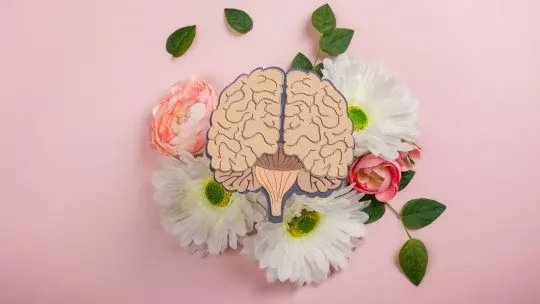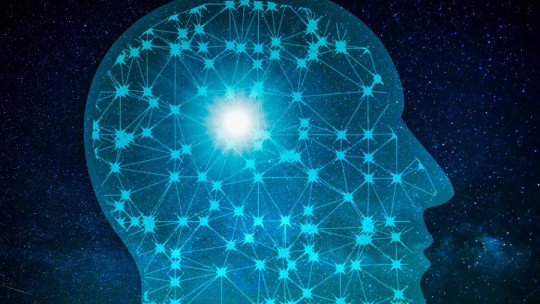
Fortunately, the importance given to mental health in our society is increasing.. In recent years there has been a great movement to raise awareness and visibility of mental health problems and, thanks to this, the fact of going to psychotherapy is becoming normalized and, little by little, it is losing the deep-rooted stigma it had.
With the advancement of the years and the popularization of psychology as a health science, a great diversity of psychotherapy models, very diverse among them, have appeared. It is true that some, due to different factors, today have greater renown or recognition at a social and scientific level than others.
Have you heard about the Internal Family Systems model? Throughout this article we will explain what it is and what its main characteristics are. Besides, We will address the theoretical foundations on which it is based and also what are the main methods or techniques used in this model.. Finally, we will explain its benefits.
What is Internal Family Systems (IFS)?
The Internal Family Systems model, also known as IFS or the internal families model in Spanish, is a psychotherapeutic intervention proposal developed by Richard C. Schwartz in the 1980s. It is based on systemic therapy. familiar.
This proposal arises from the fact that the author realized that the majority of his patients narrated the things that happened to them and their internal world as if it were made up of many different parts.. She felt that there seemed to be a family within each person.
It is important to keep in mind that this psychotherapy model has a scientific basis and is supported by advances in neuroscience. From this place, human beings are seen as complex beings with a rich internal world and compassionate and respectful therapeutic support is offered.
Until now we have very occasionally named concepts such as “parts” to better understand the name of the model. These parts, which make up those “families” that build and are part of our internal world, are classified into different types..
Next, we talk about both these parts and another basic concept in this theoretical framework, which is the Self. It is important to keep in mind that, in this article, complex concepts are explained in a very summary and brief way.

The theory of the multiple mind formed by the parts and the Self
From the IFS it is proposed that all people are born with a multiple mind, with different parts and, far from pathologizing this fact, it is considered normal. Furthermore, the idea is raised that these parts have specific functions and that there is another crucial element in our internal system: the Self. In summary, We could say that all people have a Self in the same way that we have various parts in our internal world.
We could define the Self as our essence, our essential self and who we really are. In other words, the Self is who we really are when we do not have to protect ourselves or when none of our parts are acting to protect us. From the IFS model it is described with the following characteristics, known as the 8Cs: calm, clarity, curiosity, confidence, courage, compassion, creativity and connection.
Richard Schwartz proposes with his model that the internal family systems of each person are composed, in addition to the Self, of parts with different functions. In this sense, we can find parts that protect and parts that need to be protected.
The wounded parts are those that hold the pain of lived and unintegrated experiences. They are parts that are taken to a kind of “prison” to keep them away from the system so that their pain does not overflow. For this reason, they are called “Exiles.”.
The protective parts are divided into two types: directives and fire extinguishers. Managers are the preventive tools that we use in our daily lives with the aim of trying to prevent exiles from shooting themselves and showing their pain. Fire extinguishers are reactive strategies since they are extreme and are put in place to alleviate pain when we feel that we may become overwhelmed or overwhelmed.
Methods and techniques
In therapeutic work from this model, various points are taken into account. To get to know the map of our parts and contact the Self, we use all the information that our body gives us. Being able to observe aspects such as bodily sensations, certain pains, tensions or blockages, our thoughts and other types of physical and emotional symptoms is what allows us, little by little, to connect from our Self with the protective parts and the wounded parts. to be able to care for them and heal.
One of the crucial aspects in this process is connecting with our Self, since only from there can we heal. The Self is the internal wisdom that allows psychological and emotional healing. The role of the therapist is to help the person access the Self and remain in this state.
The goal of therapy is not for the protective parts, which usually manifest themselves with symptoms or behaviors that we currently consider maladaptive, to disappear or stop doing their job.. The goal is, after completing the work, to be able to help the exiled parties free themselves from the burdens they have carried for a long time. Only then can the protective parts transform and take on other functions.
Benefits of Internal Family Systems
Internal family systems therapy has gained popularity due to its high effectiveness. It is an accompaniment based on compassion in which the person is empowered since it helps them connect with their own essence and heal from this power that is already inside them.
This psychotherapeutic model has been applied to a wide variety of different emotional problems. The main benefits obtained after performing IFS therapy are: the integration of the wounded parts and the pain they harbored, the harmonization of the parts and the reconnection with one’s own Self.









